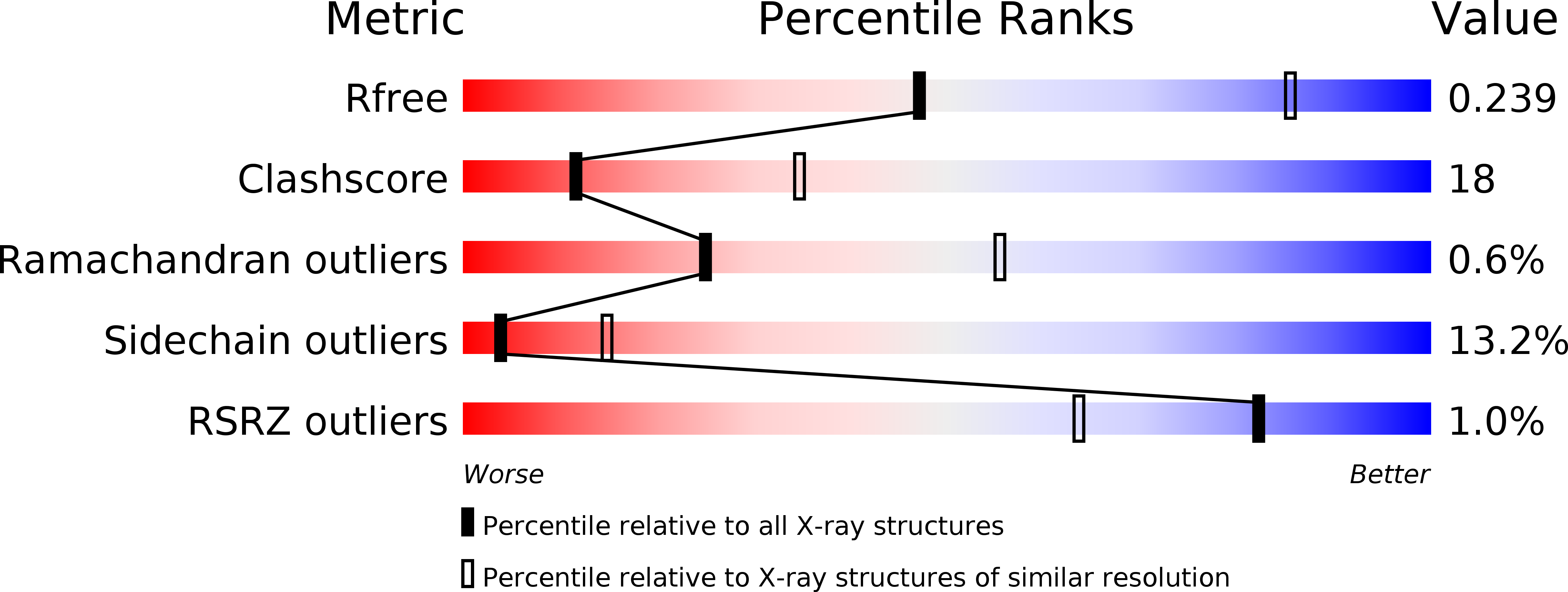
Deposition Date
2011-07-18
Release Date
2011-11-09
Last Version Date
2023-09-13
Entry Detail
PDB ID:
3SYN
Keywords:
Title:
Crystal structure of FlhF in complex with its activator
Biological Source:
Source Organism:
Bacillus subtilis (Taxon ID: 1423)
Host Organism:
Method Details:
Experimental Method:
Resolution:
3.06 Å
R-Value Free:
0.23
R-Value Work:
0.18
R-Value Observed:
0.18
Space Group:
P 1


